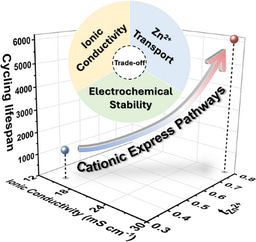Exploring the East Australian Current using an unprecedented long term observational data record
Published in Earth & Environment and Mathematics

Explore the Research

East Australian Current velocity, temperature and salinity data products - Scientific Data
Scientific Data - East Australian Current velocity, temperature and salinity data products
The large-scale role of ocean currents in balancing global sea level, heat and carbon distribution is relatively well understood, but the variability and change of the dynamics of the ocean boundary currents and their influence on regional shelf-coastal processes and feedbacks to extreme weather and seasonal climate are not. Lack of understanding is due to the paucity of long time-series observations and systemic biases in coupled and climate models. This is particularly true for the East Australian Current (EAC). The East Australian Current has been haphazardly observed over the modern observational period, resulting in it being one of the more poorly observed western boundary currents in the global ocean.
The Australian shelf and boundary current circulation impacts a diverse range of human activities including maritime industry, recreation, and it plays a vital role in climate, environmental health and productivity that deliver important ecosystem services. The EAC is a critical controller of this environment. The need for the continuous observation of the EAC, to build the required long time-series, is readily apparent. The eastern Australian coastal regions are warming, experiencing rising sea levels, and becoming more acidic, and experiencing changes in cross-shelf exchanges and coastal upwelling.
If we are to understand, better predict, mitigate, and successfully adapt we absolutely must understand changes in EAC systems and its broader impacts on the physical, chemical, and biological environments and infrastructure along the Australian eastern seaboard. Maintaining observing infrastructure, advancing cutting-edge technologies, and finding new opportunities to collect data on the ocean will be critical to our ability to proactively make the right decisions.

Here we present a series of consistent EAC data products that combines in situ temperature, salinity and velocity observations from the Australian Integrated Marine Observing System (IMOS) and Commonwealth Scientific and Industrial Research Organisation (CSIRO) EAC mooring array and North Stradbroke Island reference site. The EAC data products are produced from over 1000 individual instrument files collected during six 18- month deployments in the East Australian Current (EAC) off Brisbane, Australia at 27oS between 2012-2022. These data product can be used to investigate intra- and interannual EAC variability and boundary current dynamics.
Follow the Topic
-
Scientific Data

A peer-reviewed, open-access journal for descriptions of datasets, and research that advances the sharing and reuse of scientific data.
Related Collections
With Collections, you can get published faster and increase your visibility.
Data for crop management
Publishing Model: Open Access
Deadline: Jan 17, 2026
Computed Tomography (CT) Datasets
Publishing Model: Open Access
Deadline: Feb 21, 2026



Please sign in or register for FREE
If you are a registered user on Research Communities by Springer Nature, please sign in